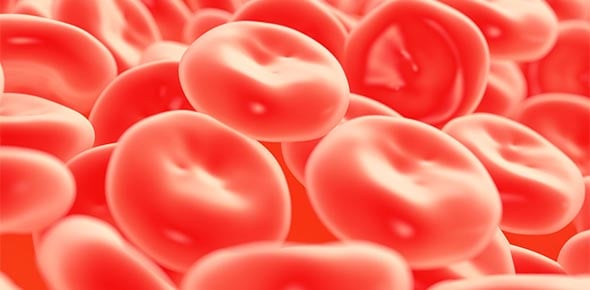In Ann Arbor Classification Stage 3 has lymph nodes on both sides of...
Growth regulating genes that function abnormally when translocated are...
Lymphomas develop due to damage of genetic code that regulates growth...
Lymphocyte exhibits large numbers of lymphocytes and small numbers of...
In Ann Arbor classification(Cotswold modification) stage 4 has extra
...
Unique translocation t(14:18) of BCL2 oncogeneCan be distinguished...
Primary follicles: composed of small B cells-antigen stimulation...
(large non-cleaved cells) (20-40 u) diameter, modest amount of...
Which statement accurate describes lacunar cells?Slide 9
Ann Arbor Classification for Hodgkin Lymphoma. Stage I involve how...
Germinal Center contains centroblasts which are what kind of B...
Follicular B-Cell Lymphoma has a unique translocation t(___:___) of...
Female predominance, associated with anterior mediastinal mass,...
What sort of B -Cell Lymphoma is being described below?Described in...
Which Hodgkin Lymphoma features Lacunar cells?
Marginal Zone Lymphoma(MZL) is often seen in patients with autoimmune...
-Rare, aggressive lymphoma, poor response to therapyNeoplastic cells...
Hodgkin Lymphoma is usually present with painful lymph node swelling.
Malignant cells confined to body cavity spaces (pleural, pericardial,...
...
Lymphocytes are sparse, Reed-Sternberg cells are numerous. Plasma...
Some of the main features of Nodular Lymphocyte-Predominant Hodgkin...
Hodgkin Lymphoma is more common in ages ________ and also over...
Non-Hodgkin Lymphoma is more common in who?
In Ann Arbor classification(Cotswold modification) stage 4 has extra...
This Mature B-Cell Lymphoma involves BCL-1 gene which results in the...
This form of Lymphoma has predominance of males and younger people,...
Mantle Cell Lymphoma is a subtype of precursor or mature B-Cell...
Involving Ann Arbor Hodgkin Lymphoma III1 stands for what?
This is best shown with formalin-fixed tissue sections of...
NHLs may arise from any lymph node cells: T-cell lymphomas(...
(cleaved cells) small to medium cells,(6-15 u), scan cytoplasm,...
NHLs may arise from any lymph node cells: B-cell lymphomas(...
WHO Classification grades for Follicular B-cell Lymphoma which is a...
Revised European American Classification of Lymphoid Neoplasms is...
B- cell Lymphomas are subdivided into subtypes precursor and mature....
Most MCL(Mantle Cell Lymphoma demonstrate unique translocation...
Germinal Center contains centrocytes which are what kind of B cells?
A Reed-Sternberg cell is large up to (____ u), abundant acidophilic
...
What sort of B -Cell Lymphoma is being described below?Cells exhibit...
Follicular B Cell Lymphoma is a subtype of the Mature B Cell...
Hodgkin Lymphoma accounts for approximately ______% of new lymphoma...
What sort of B -Cell Lymphoma is being described below?Growth pattern...
What sort of B -Cell Lymphoma is being described below?•CD5, CD10,...
Most Mantle Cell Lymphomas demonstrate unique translocation t(11:14)...
Which of these do not appear in Nodular Lymphocyte-Predominant...
















